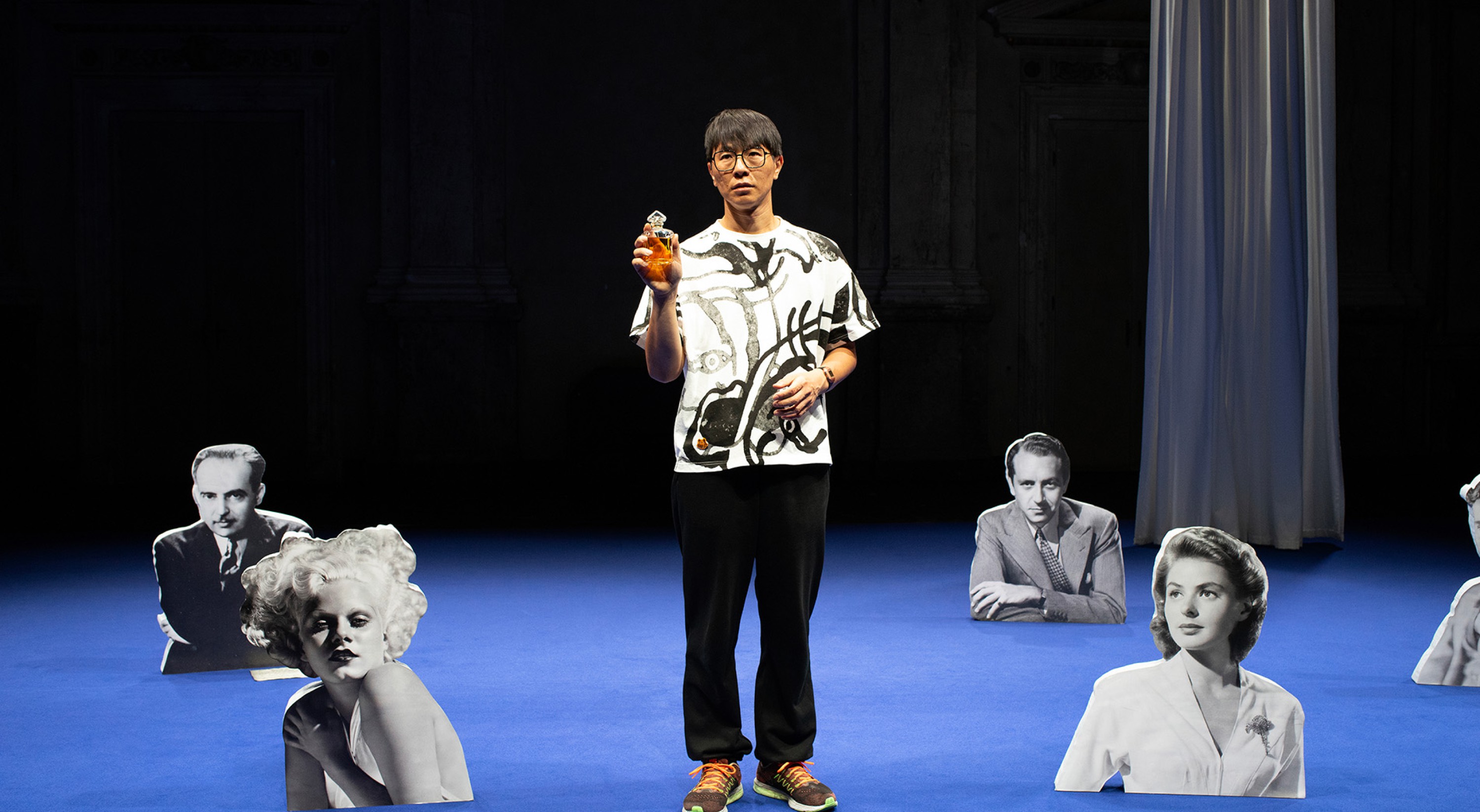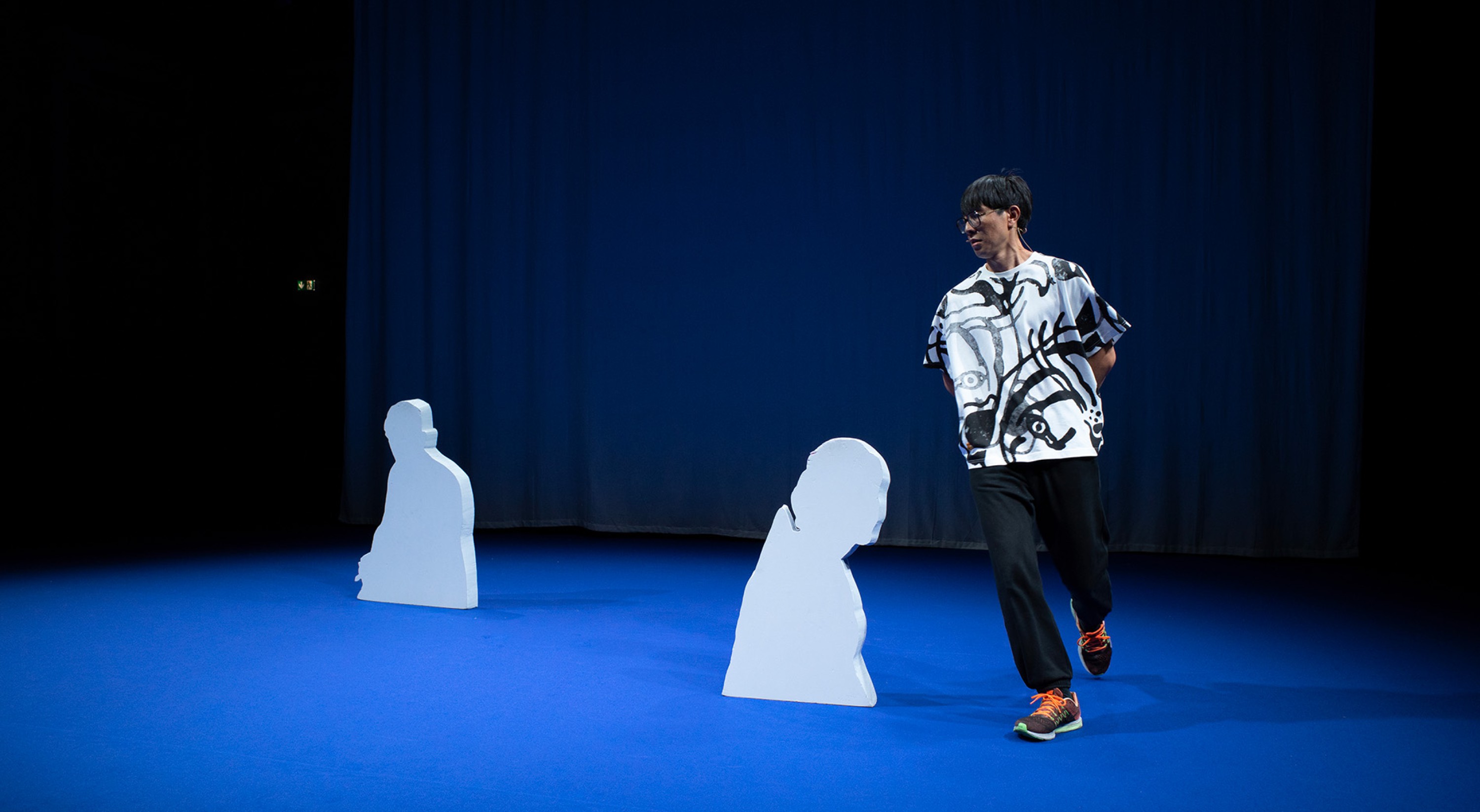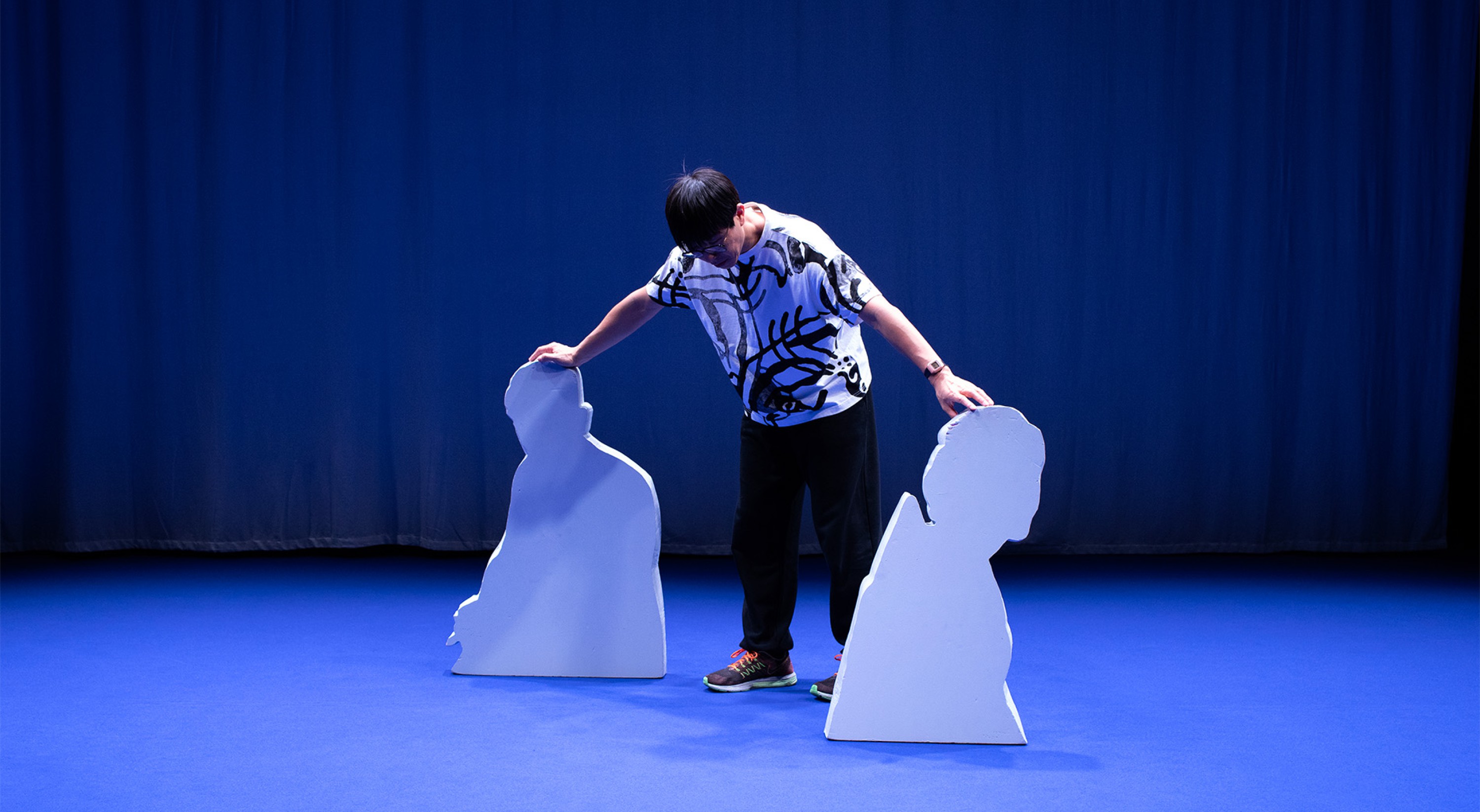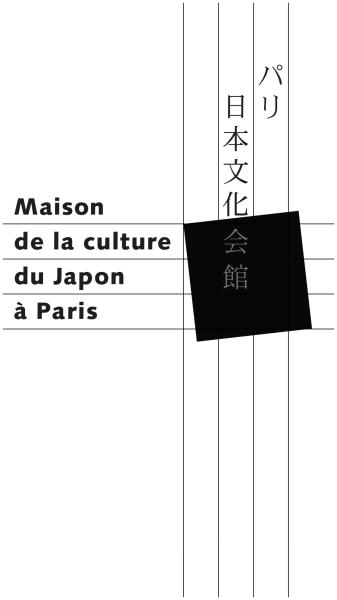Michikazu Matsune
Mitsouko & Mitsuko
novembernov 6 – 9
Artistic direction and interpretation, Michikazu Matsune
Research and artistic cooperation, Miwa Negoro
Video, Adina Camhy, Michikazu Matsune
Music, Camilo Latorre, Adina Camhy
Lighting, Victor Duran, Ludovic Rivière
French translation, Marion Schwartz
Tour management, Franziska Zaida Schrammel
Production Studio Matsune
Coproduction Wiener Festwochen (Vienna)
With the support of Théâtre Vidy-Lausanne; Teatro Nacional D. Maria II (Lisbon); Goethe-Institut Tokyo
Studio Matsune is financed by the Department of Cultural Affairs of the City of Vienna (Austria) and by the Austrian Ministry of Arts, Culture, Civil Service and Sports.
The Maison de la culture du Japon in Paris and the Festival d'Automne in Paris co-produce this show.
With the support of the Franco-Japanese Sasakawa Foundation.
Michikazu Matsune takes a clear-headed look at the relations between Japan and Europe that began with the onset of Japonisme a century ago. The piece is a romanticised work of passion, set against the background of the Russo-Japanese war and his experience of life in Vienna. The voyage through current events and history that it takes us on is an astonishing one, interspersed with subtle humour and sincerity.
The starting point is the name of a mythical perfume. In 1919, Guerlain created "Mitsouko", in reference to the heroine of the novel La Bataille by Claude Farrère published in 1909. Another woman, a real one this time, bore the same name, that of Mitsouko Aoyama, one of the first Japanese women to live in Europe. In 1893, as Japan was becoming increasingly militaristic and westernised, she married an Austro-Hungarian diplomat and earned the title of the Countess of Coudenhove-Kalergi. Via these two feminine figures, Matsune questions the European fascination for Japan and Japanese culture, whilst confronting the stereotypes of a deeply sexualised form of Japonisme to our fantasy-based fears of the "Yellow Peril". A native of Kobe, but living in the Austrian capital since the 1990's, and thus confronted on a daily basis with the issue of otherness, the questions this pluridisciplinary artist raises about our respective identities serve to dismantle our reciprocal cultural misunderstandings. They also enable the artist to free himself from his own illusions in relation to the West. The piece is a vast enquiry into the collective subconscious of yesterday and today.
In the same place



